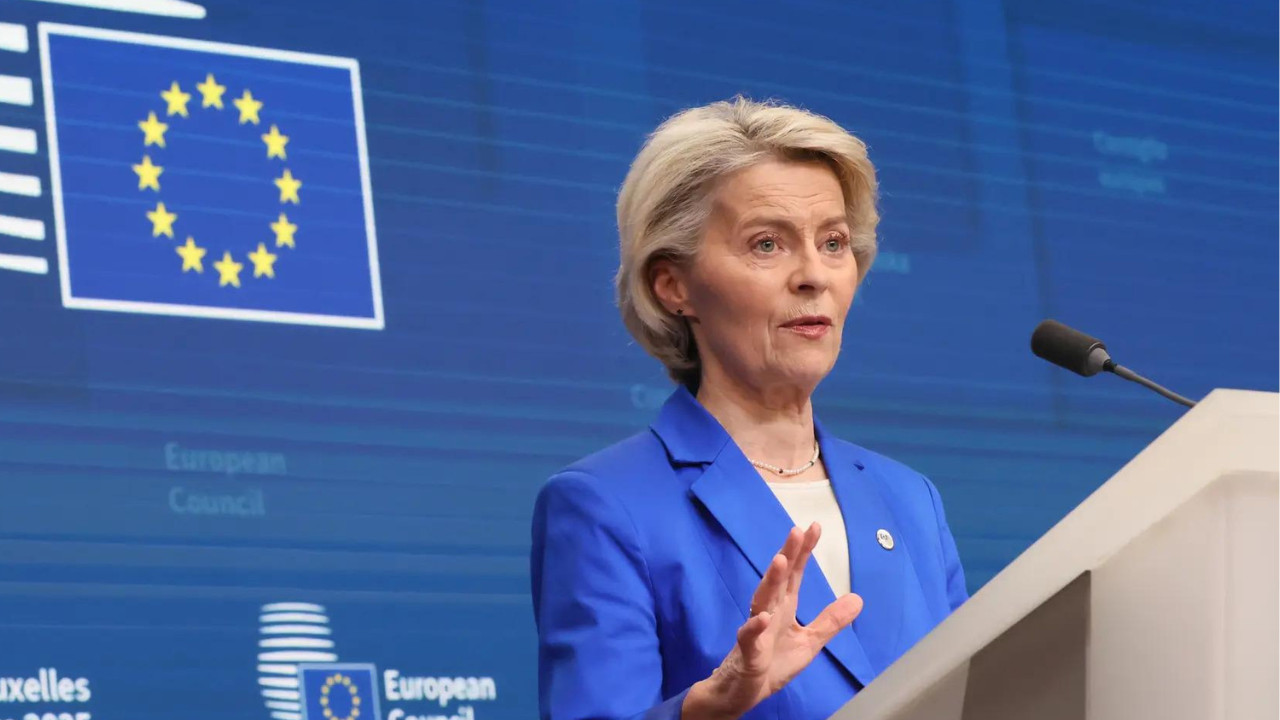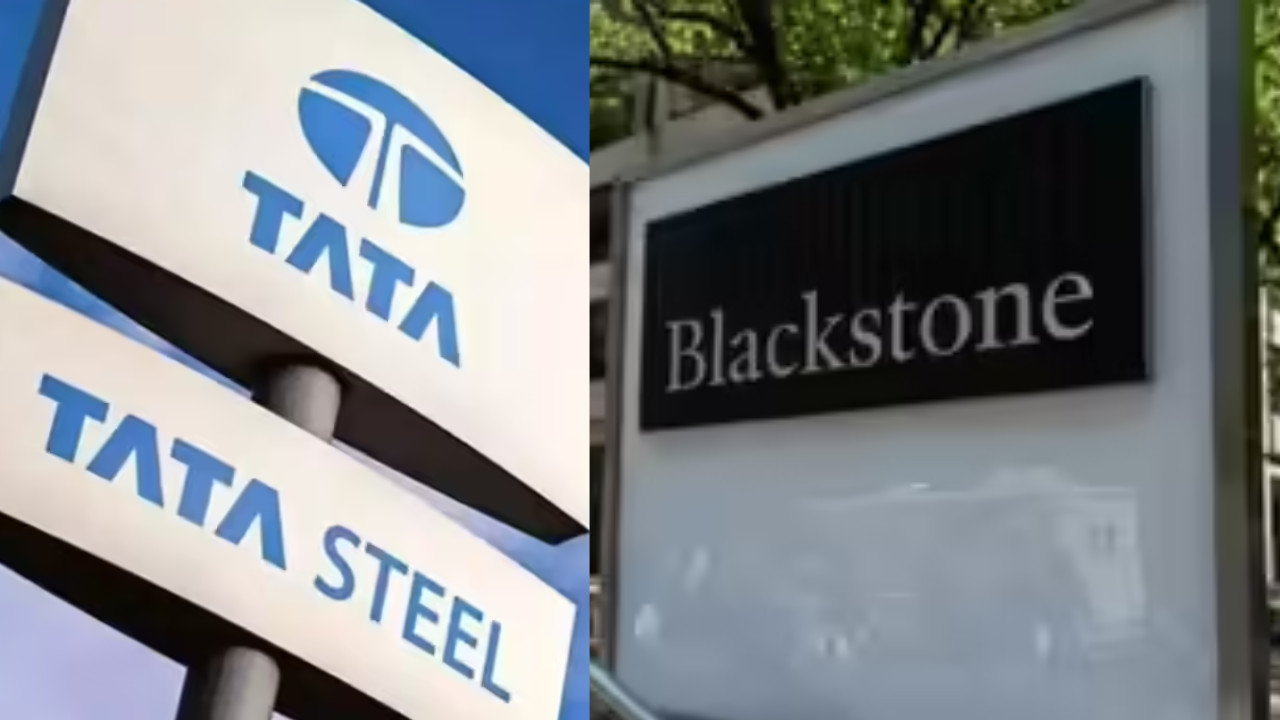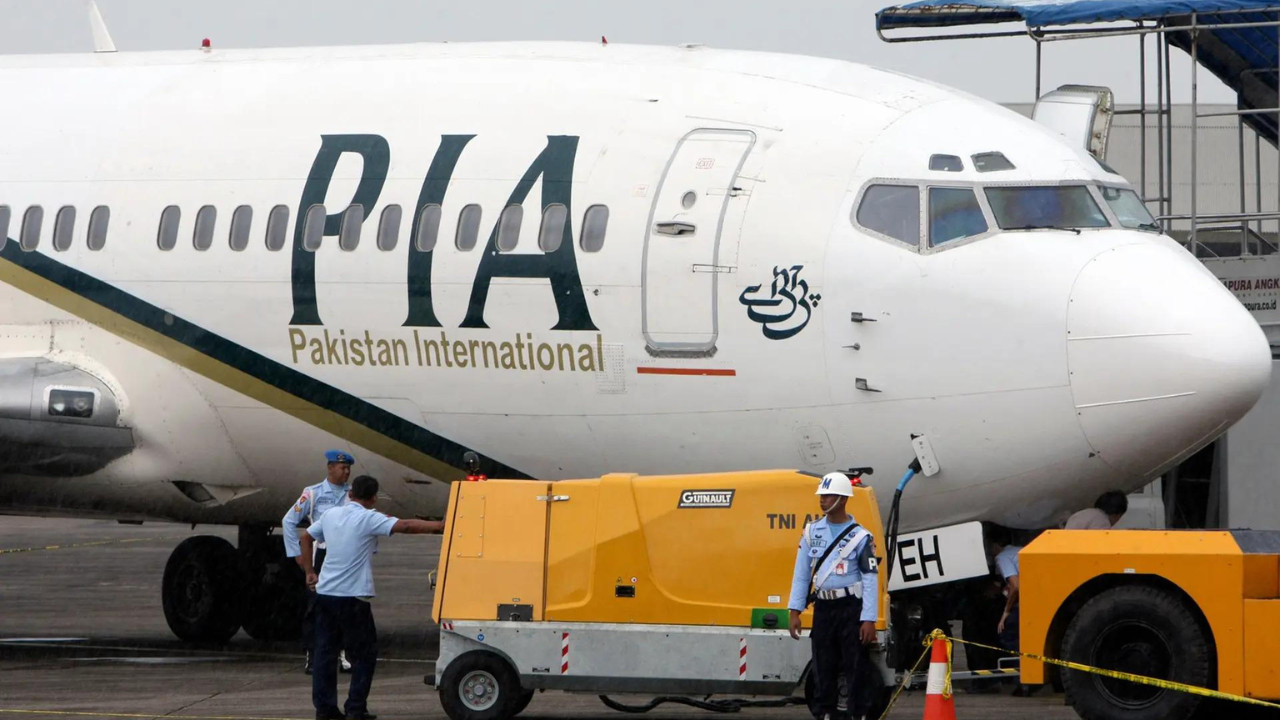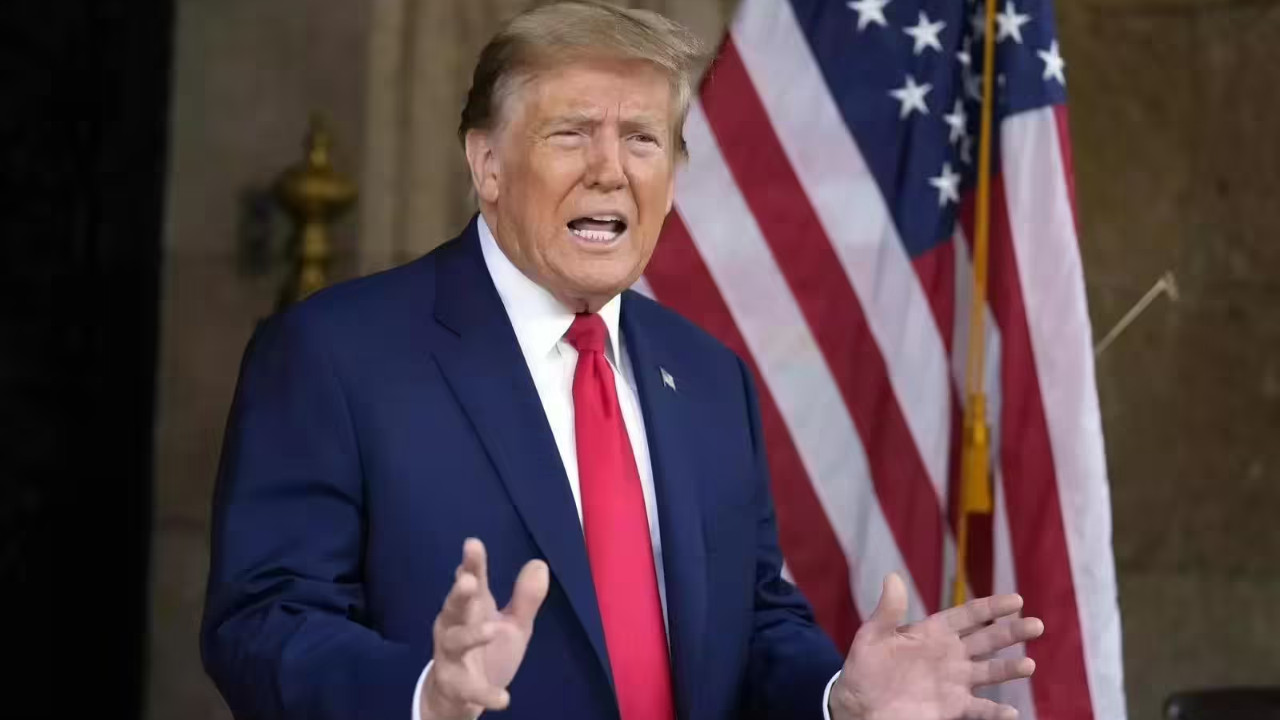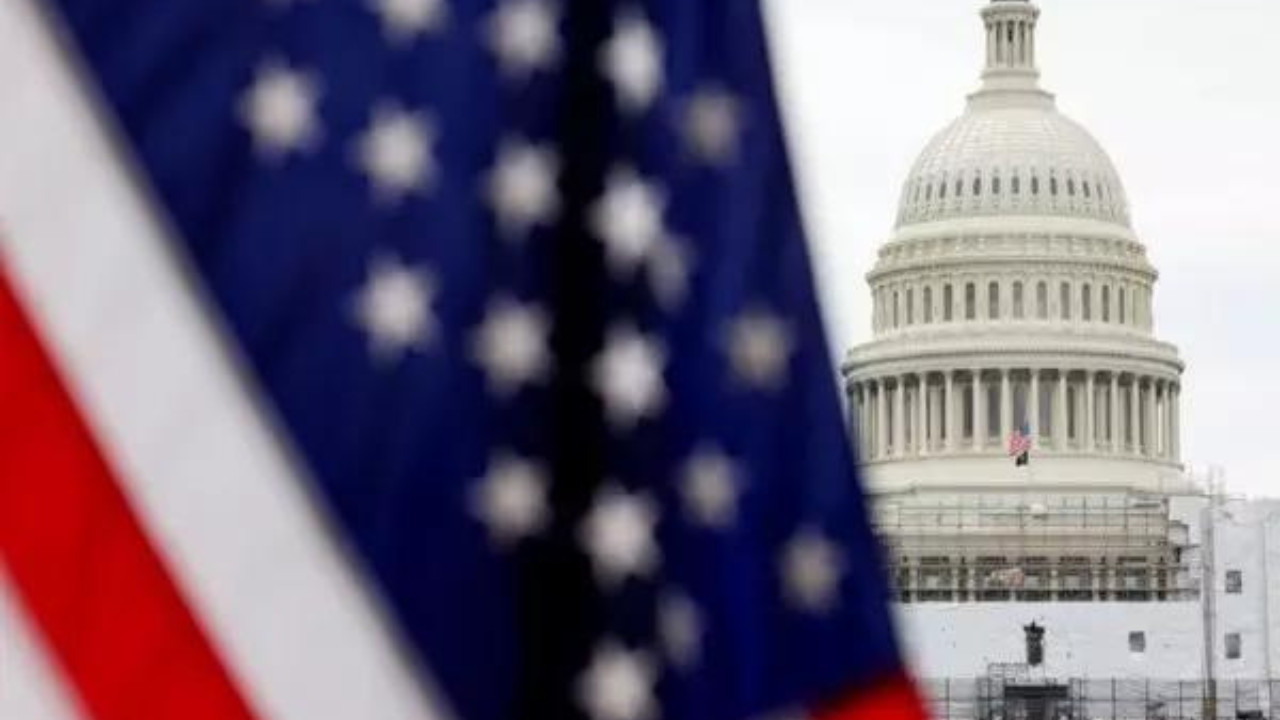The European Union is launching RESourceEU to reduce its dependence on China for critical raw materials, following Beijing’s export restrictions. The strategy will focus on recycling, domestic production, and partnerships with countries like Australia and Canada to secure vital minerals for key industries and enhance economic security.
Europe’s Bold Move: Reclaiming Rare Earths Independence
For years, the global supply chain for rare earth elements has been heavily reliant on China. These crucial minerals, essential for everything from smartphones and electric vehicles to wind turbines and defense systems, have created a strategic vulnerability for nations dependent on a single source. But Europe is now charting a new course, determined to break free from this reliance and build a more resilient and secure future.
The European Union’s “Resource EU” initiative marks a significant turning point. It’s not just about diversifying suppliers; it’s a comprehensive strategy that tackles the entire rare earth lifecycle, from sourcing to recycling. This ambitious plan aims to foster a robust European rare earth industry, reducing the continent’s dependence on Chinese imports. Think of it as Europe planting its own rare earth garden, ensuring a local and sustainable harvest.
Why the Sudden Urgency to Secure Rare Earths?
The global landscape is shifting, and the EU recognizes that securing access to critical raw materials is no longer just an economic issue – it’s a matter of strategic autonomy and national security. The COVID-19 pandemic exposed the fragility of global supply chains, and geopolitical tensions have further underscored the need for self-sufficiency. Furthermore, the transition to a green economy is heavily reliant on rare earth elements for renewable energy technologies and electric vehicle production. To achieve its ambitious climate goals, Europe needs a secure and sustainable supply of these materials. Without it, the green transition could stall.
This isn’t just about keeping up with the Joneses; it’s about ensuring Europe can control its own destiny in a rapidly changing world. The initiative is a calculated response to a potential chokehold on vital resources.
Recycling: Turning Waste into Treasure
A key pillar of the Resource EU strategy is a strong emphasis on recycling. Rather than solely focusing on extracting new rare earths, the EU aims to create a circular economy where existing materials are recovered and reused. Think of old electronics and discarded magnets – these are potential goldmines of rare earth elements. Developing innovative recycling technologies and establishing efficient collection and processing infrastructure will be crucial to unlocking this potential. Imagine a future where Europe becomes a global leader in rare earth recycling, turning waste into valuable resources and reducing environmental impact in the process.
This is a particularly clever move, as it addresses both supply security and sustainability concerns simultaneously. It also creates new opportunities for innovation and job creation within the EU. 
Forging Global Partnerships:
While the focus is on building domestic capabilities, the EU also recognizes the importance of diversifying its supply sources through strategic partnerships. The initiative calls for strengthening relationships with like-minded countries that possess rare earth resources, ensuring a more balanced and resilient global supply chain. This involves collaborating on responsible mining practices, technology transfer, and investment in sustainable development.
This approach is about building a network of trusted partners, rather than relying on a single dominant supplier. It’s a diplomatic strategy that aims to foster mutual benefit and ensure a stable and predictable flow of critical raw materials.
Challenges Ahead
The path to rare earth independence won’t be easy. Developing new mines and processing facilities within Europe will require significant investment, technological innovation, and careful consideration of environmental impacts. Scaling up recycling efforts will also present challenges, requiring efficient collection systems, advanced processing technologies, and public awareness campaigns. Competition from established players, particularly China, will be fierce.
However, the EU is determined to overcome these obstacles. The Resource EU initiative provides a clear roadmap for achieving its goals, and the commitment of member states, industry, and research institutions will be crucial to its success.
The Resource EU initiative is more than just a plan; it’s a statement of intent. It signals Europe’s determination to take control of its own destiny, secure its access to critical raw materials, and build a more resilient and sustainable future. This move towards strategic autonomy has the potential to reshape the global rare earth landscape and pave the way for a more balanced and secure world. The EU’s strategic direction also mirrors similar efforts happening locally. For example, you can read about a North Carolina Lithium Mine proposal on our site to see how rare earth elements are being sought within the United States.
The future of rare earths in Europe hinges on innovation, collaboration, and a long-term commitment to sustainability. As the Resource EU initiative takes shape, it will be fascinating to witness the transformation of Europe’s rare earth landscape and its impact on the global stage.
